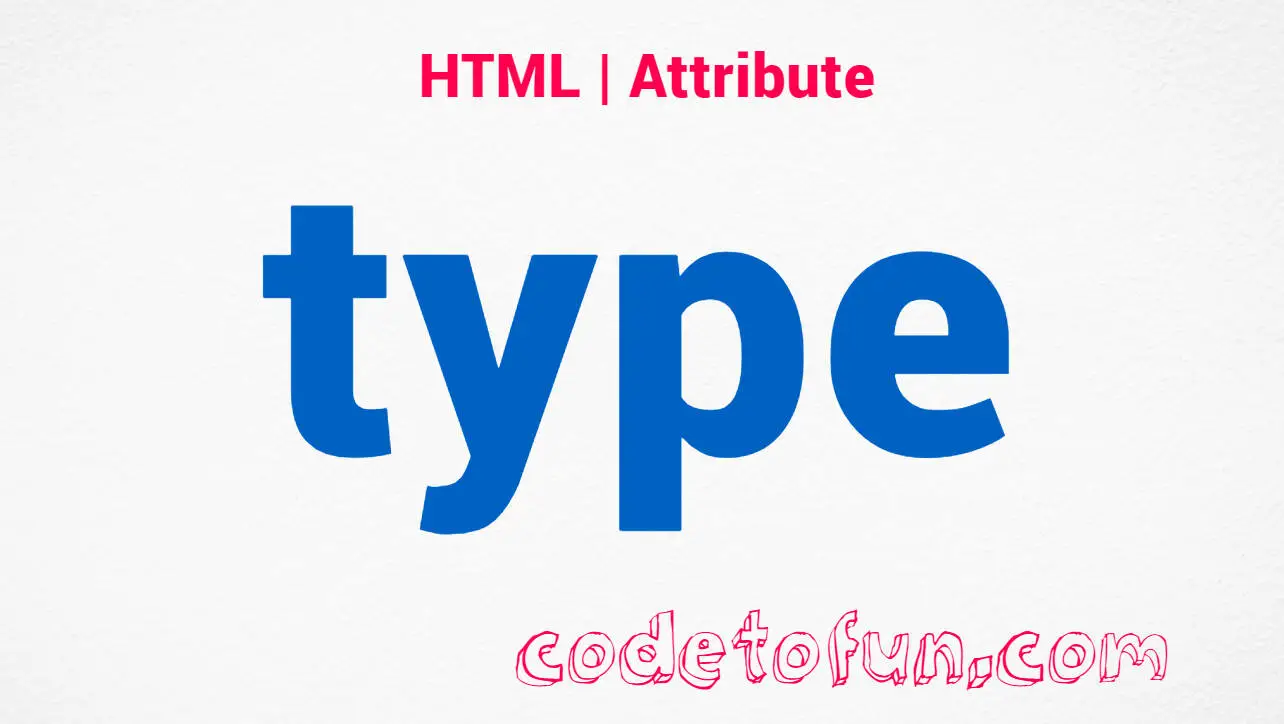
HTML Basic
HTML Reference
- HTML Tags
- HTML Deprecated Tags
- HTML Events
- HTML Attributes
- accept
- accept-charset
- accesskey
- action
- align
- alt
- as
- async
- autocomplete
- autofocus
- autoplay
- bgcolor
- border
- charset
- checked
- cite
- class
- color
- cols
- colspan
- content
- contenteditable
- controls
- coords
- data
- data-*
- datetime
- default
- defer
- dir
- dirname
- disabled
- download
- draggable
- enctype
- enterkeyhint
- for
- form
- formaction
- headers
- height
- hidden
- high
- href
- hreflang
- http-equiv
- id
- inert
- inputmode
- ismap
- kind
- label
- lang
- list
- loop
- low
- max
- maxlength
- media
- method
- min
- multiple
- muted
- name
- novalidate
- onabort
- onafterprint
- onbeforeprint
- onbeforeunload
- onblur
- oncanplay
- oncanplaythrough
- onchange
- onclick
- oncontextmenu
- oncopy
- oncuechange
- oncut
- ondblclick
- ondrag
- ondragend
- ondragenter
- ondragleave
- ondragover
- ondragstart
- ondrop
- ondurationchange
- onemptied
- onended
- onerror
- onfocus
- onhashchange
- oninput
- oninvalid
- onkeydown
- onkeypress
- onkeyup
- onload
- onloadeddata
- onloadedmetadata
- onloadstart
- onmousedown
- onmousemove
- onmouseout
- onmouseover
- onmouseup
- onmousewheel
- onoffline
- ononline
- onpagehide
- onpageshow
- onpaste
- onpause
- onplay
- onplaying
- onpopstate
- onprogress
- onratechange
- onreset
- onresize
- onscroll
- onsearch
- onseeked
- onseeking
- onselect
- onstalled
- onstorage
- onsubmit
- onsuspend
- ontimeupdate
- ontoggle
- onunload
- onvolumechange
- onwaiting
- onwheel
- open
- optimum
- pattern
- placeholder
- popover
- popovertarget
- popovertargetaction
- poster
- preload
- readonly
- rel
- required
- reversed
- rows
- rowspan
- sandbox
- scope
- selected
- shape
- size
- sizes
- span
- spellcheck
- src
- srcdoc
- srclang
- srcset
- start
- step
- style
- tabindex
- target
- title
- translate
- type
- usemap
- value
- width
- wrap
- HTML Global Attributes
- HTML Status Code
- HTML Language Code
- HTML Country Code
- HTML Charset
- MIME Types
HTML type Attribute

Photo Credit to CodeToFun
🙋 Introduction
The type attribute is a fundamental feature in HTML that is used to define the type of content an HTML element contains.
It is commonly associated with form elements and specifies the nature of the data expected or displayed within those elements.
Understanding and appropriately using the type attribute is crucial for creating effective and accessible web forms.
🎯 Purpose of type
The primary purpose of the type attribute is to define the type of data that an HTML element represents.
For form elements, it helps browsers understand how to handle user input, validate data, and present the appropriate user interface elements.
💎 Values
The type attribute can take different values depending on the HTML element it is applied to. Here are some common values:
- text: Used for single-line text input fields in forms.
- password: Used for password input fields, where the entered text is usually masked for security.
- email: Specifies that the input should be an email address.
- number: Specifies that the input should be a numeric value.
- checkbox: Creates a checkbox for boolean (true/false) input.
- radio: Creates a radio button for selecting one option from a group.
- submit: Creates a submit button for submitting a form.
These are just a few examples, and the type attribute has various other values depending on the specific HTML element.
📄 Example
Let's look at an example of how the type attribute is used in an HTML form:
<form>
<label for="username">Username:</label>
<input type="text" id="username" name="username">
<label for="password">Password:</label>
<input type="password" id="password" name="password">
<label for="email">Email:</label>
<input type="email" id="email" name="email">
<input type="submit" value="Submit">
</form>🧠 How it Works
In this example, the type attribute is applied to different input fields to specify the type of data expected for each field (text, password, and email).
🔄 Dynamic Values with JavaScript
You can dynamically set the type attribute using JavaScript.
This is particularly useful when you need to adjust the behavior of an input field based on user interactions or specific conditions. Here's a simple example:
<script>
// Dynamically set the type attribute for an input field
document.getElementById("dynamicInput").type = "date";
</script>🧠 How it Works
In this script, the type attribute is set to date for an input field with the id dynamicInput.
This can be beneficial when you want to dynamically switch the input type based on certain criteria.
🏆 Best Practices
- Understand the purpose of each value associated with the
typeattribute and use them appropriately to enhance user experience and facilitate accurate data entry. - When designing forms, choose the appropriate input types to ensure data validation and improve accessibility for users.
- Keep in mind that the
typeattribute is not limited to form elements and may be used in other contexts where specifying data type is relevant.
🎉 Conclusion
The type attribute plays a crucial role in defining the nature of data within HTML elements, especially in the context of web forms.
By leveraging the type attribute effectively, you can create more user-friendly and accessible web applications.
👨💻 Join our Community:
Author

For over eight years, I worked as a full-stack web developer. Now, I have chosen my profession as a full-time blogger at codetofun.com.
Buy me a coffee to make codetofun.com free for everyone.
Buy me a Coffee












If you have any doubts regarding this article (HTML type Attribute), please comment here. I will help you immediately.